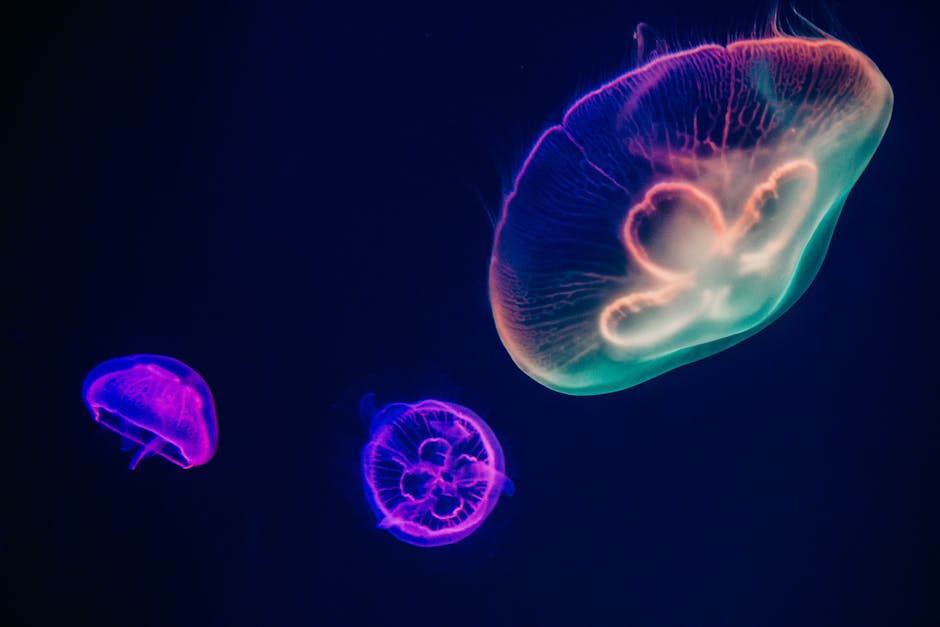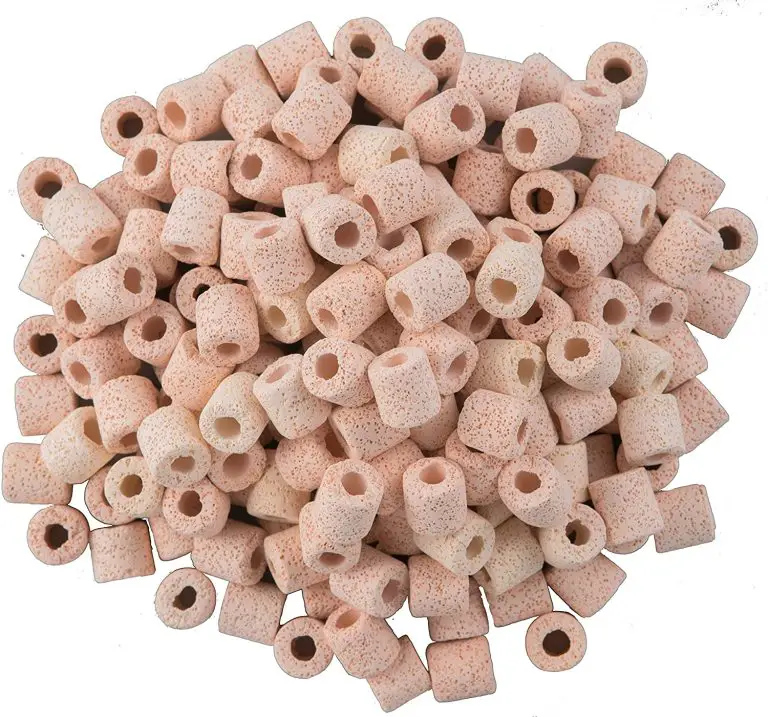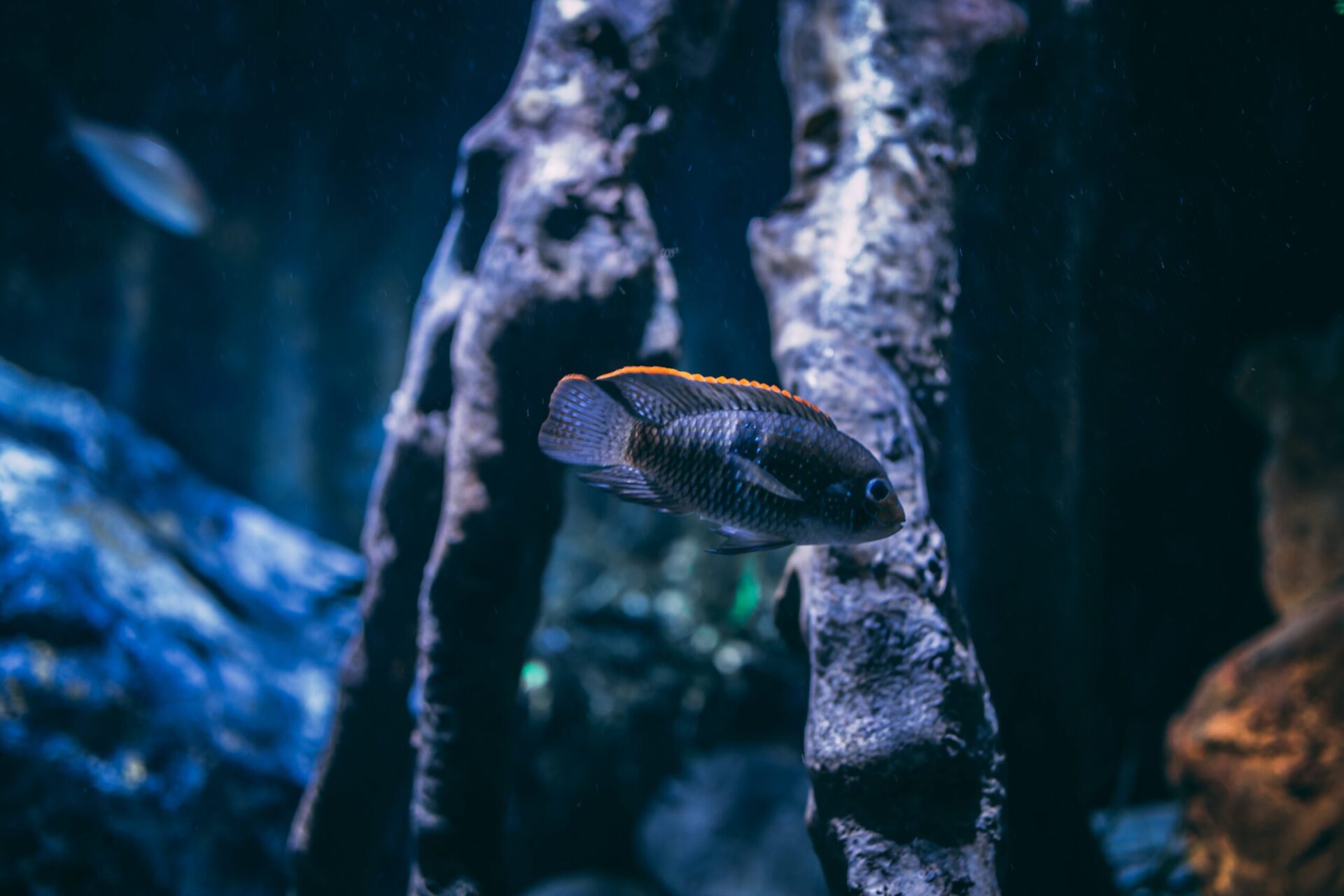What Is Aquascaping? (Tips for Creating Aquarium Landscapes)
What is Aquascaping?
Aquascaping is the art of arranging aquatic plants, rocks, stones, driftwood, and other decorations in aquariums to create visually appealing underwater landscapes. In aquascaping, the focus is on mimicking natural ecosystems and creating a harmonious environment for fish and other aquatic life. Through the careful placement of plants and decor, aquascapers can transform an ordinary aquarium into a stunning underwater masterpiece.
Importance of Aquascaping in Aquariums
Aquascaping plays a crucial role in aquariums by creating a visually appealing underwater environment for your aquatic pets. It provides them with a stimulating and natural habitat that mimics their original surroundings. Proper aquascaping can also help maintain water quality and improve the overall health and well-being of your fish and plants. Investing time and effort into aquascaping can truly transform your aquarium into a beautiful and thriving ecosystem.
Choosing the Right Plants for Aquascaping
When choosing plants for aquascaping, consider factors like the plant’s size, how much light it needs, and if it’s suitable for your aquarium’s environment. Plants like Java Fern, Anubias, and Amazon Sword are great choices for beginners as they are hardy and low-maintenance. Dwarf Baby Tears and Monte Carlo are perfect for creating a lush carpet effect, but they require more light and care. Research each plant’s requirements before adding them to your aquarium to ensure they thrive in your aquascape.
Essential Tools and Equipment for Aquascaping
When setting up your aquascape, there are a few tools and pieces of equipment you’ll need to make the process easier. Here are some essential items to have on hand:
- Aquascaping Tweezers: Useful for planting and arranging delicate plants.
- Aquarium Scissors: To trim and shape plants to achieve your desired look.
- Substrate Tools: Such as a substrate rake or shovel to help with substrate placement.
- Algae Scraper or Brush: Essential for keeping the glass clean and free of algae.
- Water Test Kit: To monitor the water parameters and ensure a healthy environment for your aquatic life.
Having these tools handy will make your aquascaping journey smoother and more enjoyable.
Creating Depth and Balance in Your Aquarium
To create depth and balance in your aquarium, you can use various techniques like layering rocks and plants at different heights within the tank. This creates a sense of dimension and can make your aquarium look more visually appealing. Additionally, placing taller plants towards the back of the tank and shorter plants towards the front can help to create a sense of depth. Strategic lighting can also play a role in enhancing the depth perception of your tank. By combining these techniques, you can achieve a beautiful and balanced aquascape that will transform your aquarium into a stunning underwater landscape.
Tips for Aquascaping Layouts
Creating a visually appealing aquascape for your aquarium involves careful planning and design. Here are some essential tips to consider for your aquascaping layout:
- Start with a focal point: Choose a central element like a large rock or driftwood piece to anchor your design.
- Consider the golden ratio: Use the rule of thirds to place key elements in your aquascape for balanced composition.
- Play with different heights: Incorporate plants and decorations of varying heights to add depth and interest to your layout.
- Create visual pathways: Arrange plants and decorations to guide the viewer’s eye through the aquarium and create a sense of flow.
- Balance fish and plant placement: Ensure there are open swimming spaces for fish while still providing ample hiding spots with plants and structures.
Below is a great video of Seachem’s professional Aquascaper at work on my new 450G Semi-planted tank!
Incorporating Hardscape Elements in Aquascaping
When creating an aquascape, incorporating hardscape elements like rocks, driftwood, and stones can add depth and visual interest to your aquarium. These materials not only serve as decoration but also provide structure for your aquatic plants to grow and thrive. Here are a few tips to consider when incorporating hardscape elements in your aquascape:
- Choose natural-looking materials that complement the overall theme of your aquarium.
- Create focal points using larger hardscape elements to draw attention and create a dynamic layout.
- Arranging hardscape to create visual balance and flow within the aquarium.
- Consider the size and shape of hardscape elements in relation to the size of your tank and the plants you plan to include.
- Experiment with different arrangements before settling on a final layout to find the most visually appealing design.
Lighting and Water Quality for Aquascaping Success
For your aquarium to thrive with aquascaping, good lighting and water quality are key. Here’s what you need to know:
- High-quality lighting is essential for your plants to photosynthesize and grow. Aim for lighting that covers the full spectrum of colors, promoting healthy plant growth.
- Proper water quality is crucial for the health of your aquatic ecosystem. Regular water testing and maintenance are vital to ensure optimal conditions for your fish and plants.
- Strike a balance between the intensity and duration of light exposure for your aquarium. Avoid too much or too little light, as it can lead to algae growth or hinder plant growth.
- Consider investing in a quality water filter to maintain the cleanliness and clarity of your aquarium water. Clean water is essential for the well-being of your aquatic pets and plants.
Remember, good lighting and water quality are the foundation of a successful and vibrant aquascape!
Maintenance Tips for a Beautiful Aquascape
To keep your aquascape looking vibrant, remember to trim your plants regularly to prevent overgrowth, clean the tank glass to remove algae buildup, and perform regular water changes to maintain water quality. Monitor your aquarium’s parameters such as temperature, pH, ammonia, and nitrate levels to ensure a healthy environment for your fish and plants. Prune any decaying or algae-covered leaves to keep your aquascape looking pristine.
Conclusion: Enjoying Your Transformed Aquarium
After all the hard work you’ve put into transforming your aquarium with aquascaping, it’s time to sit back, relax, and enjoy the beautiful underwater world you’ve created. Take a moment to admire the balance of plants, rocks, and fish in your tank. Watch how the light dances through the water, illuminating the vibrant colors and textures. Create a peaceful ambiance where you can unwind and appreciate the serenity of your aquatic masterpiece. Just remember to maintain the proper care and upkeep of your aquascape to ensure it continues to thrive for a long time.








